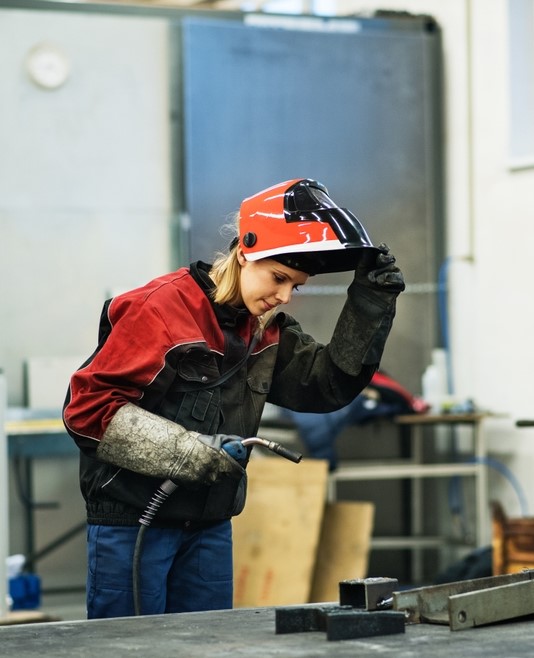
Welding apprenticeship registrations are on the upswing, but more needs to be done to support tomorrow’s workforce.

Let’s dig into the numbers.
The overall number of people in apprenticeships in the US and Canada is tracking upwards, and the number of people in registered welding apprenticeships is recovering from lows seen during the pandemic.
In the US, the statistics are encouraging:
- The Department of Labor Apprenticeship USA dashboard indicates growth in new apprenticeships in the occupation group including welders, cutters, solderers, and brazers.
- The data indicate that growth for new apprentices was 89% from 2020 to 2022 and 132% from 2020 to 2023.
- The number of female new apprentices in the US has increased 84% from 2020 to 2022, and 249% when including 2023.
- The proportion of female new apprentices was 9% in 2019 and increased to 11% by 2023.
In Canada, the increases are also promising:
- New welding apprentice registrations increased 83% from 2020 to 2022, and completions increased 24% in the same time period.
- The number of new apprentice registrations for 2022 was the highest since 2015.
- The number of women registering for welding apprenticeships has increased 189% from 2020 to 2022, while completions have increased 54%.

This is good news, but the worker shortage in the welding and joining industry is a complex challenge that needs to be addressed on multiple and intersecting fronts.
In the US, 330,000 new welding professionals are projected to be needed by 2028 to meet the demand of the market (according to the American Welding Society).
In Canada, an estimated 17,315 new welding apprentice registrants are needed over the next five years to meet demand and maintain stable certification rates (according to the Canadian Apprenticeship Forum).
Welding apprenticeships play a crucial role in preparing the next generation of workers essential to the construction, manufacturing, and transportation industries. Beyond apprenticeships, the following strategies can help us forge forward:
- Raise awareness and promote the skilled trades to youth, parents, educators, and underrepresented populations
- Invest in technology and automation
- Prioritize safety
- Facilitate connections for a thriving professional community
- Collaborate with industry on solutions
To learn more, read the full article in the Summer 2024 issue of WELD magazine.